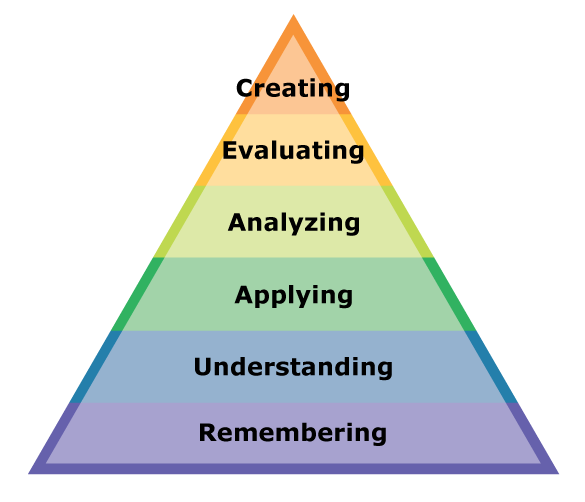Bloom’s Taxonomy is a six-level hierarchy to describe the six different cognitive levels of thinking; remembering, understanding, applying, analyzing, evaluating, and creating.
Benjamin Bloom, who formulated the theory, is a Pennsylvania-native educational psychologist who actually never lived in the 21st century. He died in 1999.
Traditional education approaches tend to only focus on the lower-levels of remembering, understanding, and applying. However, according to some teachers, Malvern is challenging students to reach all levels and deepen a student’s critical thinking and learning.

Remembering
-Basic recounting of terms, facts, etc.
-Ex. When was the Constitution signed?
Understanding
-Demonstrated grasp of material through means of organizing, comparing, and inferring based upon information
-Ex. How does the United States Constitution compare to any other governing system before it?
Applying
-Using foundational knowledge to solve problems in other situations.
-How does prior review follow the Constitution?
Analyzing
-Breaking down events into its foundational underlying motivations and examination of relationships or elements related
-What was the overall Constitutional framers intent for the size of the government?
Evaluating
-Present, defend and criticize opinions based on ideas or work presented.
-What are the most successful aspects of the Constitution today?
Creating
-Building or discovering patterns from a wide array of objects
-Attempt to write your own Constitutional amendment and discuss how it improves the old one.








